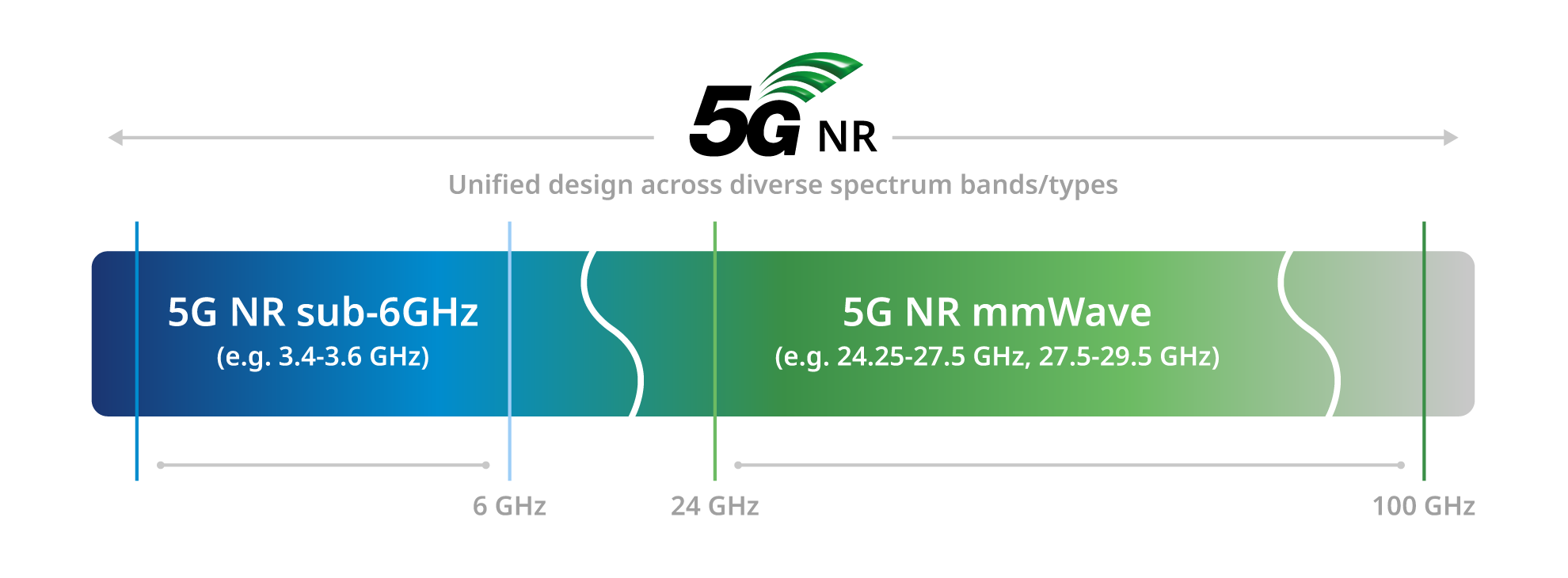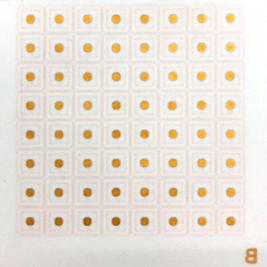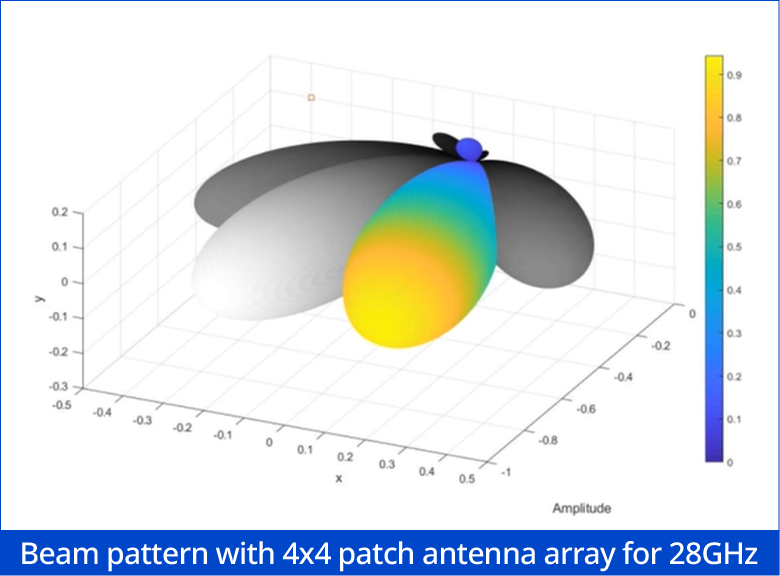5G Millimeter Wave Communications Technology
A Brief Introduction to Millimeter Wave
Since millimeter wave is a kind of electromagnetic wave with a wavelength of 1-10 mm and frequency of 30-300 GHz; therefore, it is commonly known as “millimeter wave (mmWave)”.
According to the fundamental principle of electromagnetic waves: wavelength and frequency have a negative correlation. In other words, when the wavelength is short, the frequency will be high. As its physical characteristics: the penetration signal will be reduced, and the transmission distance will be shortened. Based on this particular characteristic, it is very common for the application of millimeter waves to have a large number of small base stations that are placed closely to facilitate signal transmission. And this application is more applicable and suitable for indoor transmission rather than outdoor environment.
Milestones of Millimeter Wave
From 4G communication to 5G communication, millimeter wave has introduced and promoted many advancements and upgrades, the most obvious advantages/breakthroughs are the following three points.
- High transmission speed: In comparison with 4G, 5G is able to provide higher transmission speed due to its wider bandwidth. The network speed per second of 4G is 0.1Gbit/s, and the highest network speed per second of 5G is 10 Gbit/s. 5G is 100 times faster than 4G if considering the network speed alone, which greatly shortens the data transmission time.
- Low latency: In comparison with 4G, 5G has a higher frequency and shorter wavelength, so it can transmit data in a much shorter time. The minimum delay time of 4G is 30~70ms, while the minimum delay time of 5G is less than 1ms. When it comes to the average delay time, it has been shortened by nearly 50 times, greatly reducing the time for delayed data transmission.
- Broad connection: Compared with 4G, 5G introduces a higher spectrum frequency range, and the high spectrum band has greater capacity in spectrum. In 4G, a base station can only connect about 100 devices, but in 5G, it can connect to tens of thousands of devices at the same time. 5G has greatly increased the number of devices that the base station can potentially connect to.
According to the definition of 3GPP, 5G is divided into two frequency bands, Sub-6 and millimeter wave, with the 6GHz frequency band as the boundary. Below 6GHz, that is, Sub-6, the frequency range is between 450MHz and 6GHz, while the millimeter wave frequency band is between 24GHz and 100GHz.
It is true that most of the 5G signals launched around the world nowadays are not millimeter wave signals, but Sub-6G instead. The reason is that millimeter wave is a new frequency band that has only been adopted due to the recent breakthrough of 5G technology, and the industrial technology of Sub-6 is relatively stable and mature. Sub-6 5G technology could be extended and developed on the basis of 4G technology, which means that Sub-6 The base station is easier to deploy, and the communication distance and coverage are longer and wider when comparing with the millimeter wave. As a result, many countries still set it as the main development approach of 5G.
Nevertheless, Sub-6 is not perfect, it does have disadvantages. At present, most of the frequency bands covered by Sub-6 have been used, so the usable space has become quite limited, and some countries have even abandoned Sub-6 completely, which is approaching saturation, and turned to millimeter wave frequency band for 5G development instead. However, because the millimeter wave technology is still not fully developed yet and requires higher costs for deployment, in the initial stage of 5G construction, Sub-6 is still the main trend and preference.
Reasons that why we are still very optimistic about millimeter wave communications technology
Since the complete deployment of millimeter wave is still a long way to go, why are we still optimistic about the development of millimeter wave technology?
Owing to the facts mentioned above, millimeter wave has the characteristics of high transmission speed, little delay, and wide connection.
Therefore, millimeter waves are very suitable for applications that require fast and stable data transmission to achieve immediate response: base stations, satellite communications, autonomous driving, Internet of Things, smart factories, smart medical care, military tracking.. etc.
The mmWave frequency band currently has a large available capacity, so it can support high-speed and large-capacity data transmission, and it is also possible to realize the characteristics of 5G “high transmission speed and low latency”. And it can provide more efficient, flexible and powerful connection performance, which enables more devices to be connected to the same base station simultaneously in the 5G network, thereby achieving wider connections and providing future large-scale Internet of Things and intelligent applications Lay the groundwork.
Disadvantages of mmWave
The primary reason that 5G millimeter waves isn’t as prevalent as it should be today is that they are prone to attenuation when encounter obstacles, and even air itself has a great but negative impact on millimeter waves, resulting in short transmission distances and limited penetration of millimeter waves.
Even though, the millimeter wave can significantly increase the network speed, the wavelength of the millimeter wave is relatively short and the penetration is fairly weak. Its transmission distance is about 200-300 meters, which means that a small base station needs to be installed at about 200 meters to enable smooth signal transmission. If you prefer to have high-speed Internet speed in much wider range, you must deploy a large number of base stations, and again the deployment cost will be substantial; consequently, it is challenging to promote it and make it prevalent in very short amount of time.
Technology & Approach to Overcome mmWave Shortcomings
In spite of the fact that millimeter wave has the above disadvantages, if the millimeter wave small base station has the ability to control the beam to concentrate the radio energy to avoid energy scattering and weaken signals, this disadvantage can be minimized and vanquished. Whereas, the advantages of the millimeter wave can be maximized.
The core technology is: array antenna beamforming technology + beam tracking and phase-control technology.

The beamforming direction will be determined on the orientation of the user device, using an algorithm to automatically track and switch the angle. This process fortunately does not require manual adjustment of the beam direction.
By adjusting these phase differences, the signal energy in a specific direction can be summed to form a beam pointing in a specific direction. Beamforming also takes into account the width of the beam, which is the extent of the beam in space. The narrower the beam width, the better the beam is focused, but it also means it is less responsive to signals from other directions.
To sum things up, the array beamforming technology can dynamically adjust the direction and flow of the signal beam by means of the chip mounted on the antenna, creating a beam with directivity and high energy that can flexibly respond to communication requirements in different directions.
In millimeter-wave small base stations, when using array antenna beamforming technology, the base station is able to focus signals to specific users or directions, improving transmission rates and signal reliability.
For the coverage of the global mobile communication system of 5G, the beamforming technology of the array antenna is a crucial part. (Figure 2)
Unictron is also developing array antenna beamforming technology at this moment, which is expected to be released by the end of 2023 officially.
As more and more millimeter-wave-related practical application technologies are published and discussed, we can anticipate more future development and higher prevalence of millimeter-wave.
(Figure 1)
(Figure 2: Directional beam)



